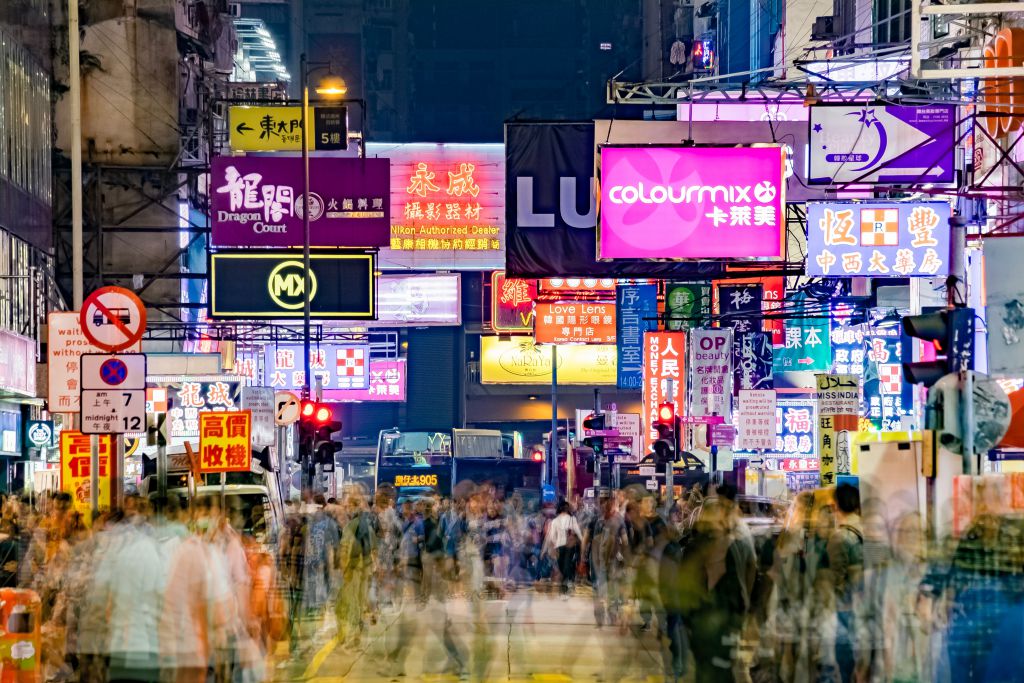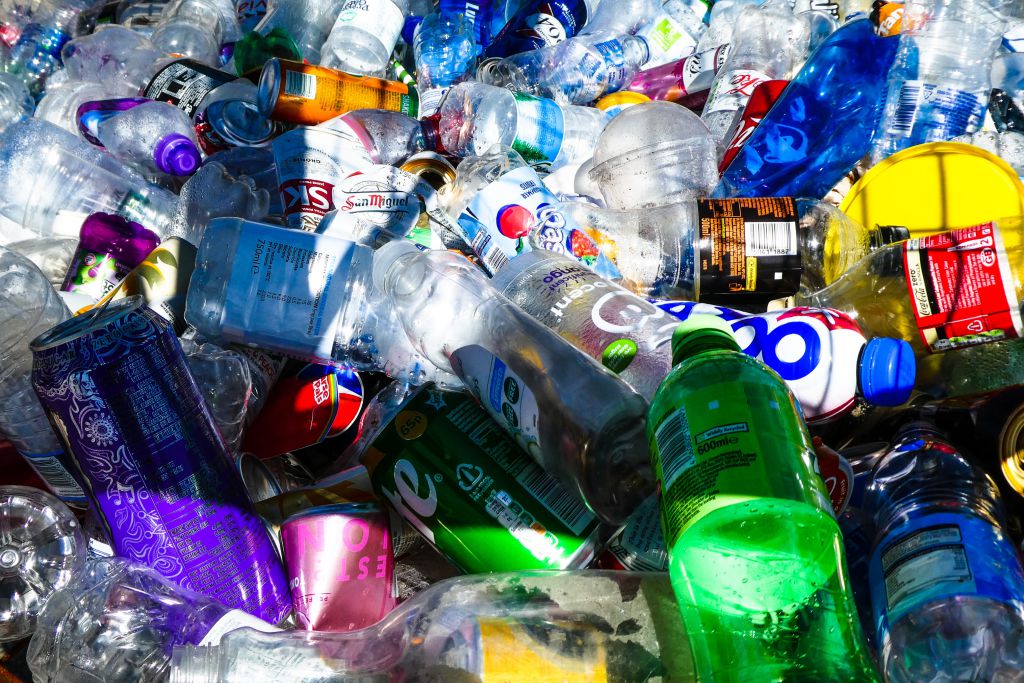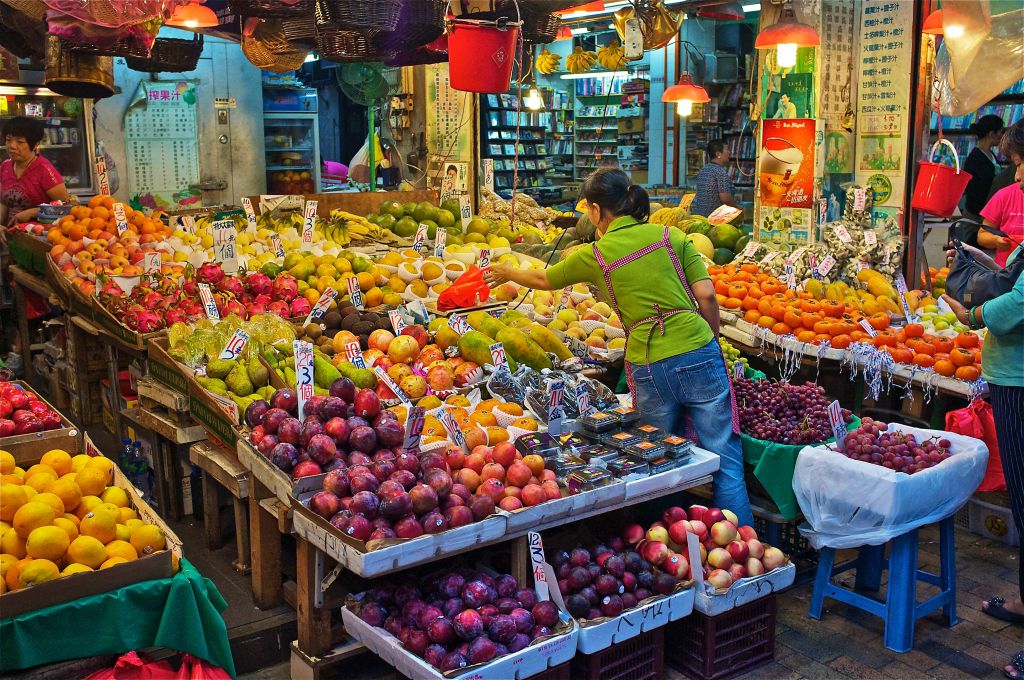From luxury malls to the markets of Sham Shui Po, Hong Kong is a shopping paradise for every budget. And no matter where consumers go to window shop or haggle a deal, they can quickly cool down at a 7-Eleven or Circle K. Hongkongers know how easy it is to buy and consume in the city, but they may not realize that Hong Kong leads world cities for highest commercial density, with one mall in every square mile and the highest density of convenience stores in the world. Shopping is not only what we do in Hong Kong; it defines the city and also shapes people’s habits.

Perhaps it’s not surprising then that Hong Kongers rated Responsible Consumption and Production the least important of the UN Sustainable Development Goals, according to a city-wide survey conducted in 2018 by the Hong Kong Chapter of the United Nations’ Sustainable Development Solutions Network (SDSN Hong Kong). That trend is confirmed by findings from the Environmental Protection Department of Hong Kong: 5.7 million tonnes of waste are generated in Hong Kong every year, with 70% of it ending up in landfills.
Hong Kong may not rank as the most wasteful city, but it only takes a casual glance at Hong Kongers at lunch time carrying white plastic bags of takeout food in styrofoam and plastic containers to deduce that Hong Kong generates massive amounts of plastic waste. According to a survey conducted in Hong Kong by Greeners Action in 2019, 80% of respondents recognized the overflowing plastic problem, but had not changed their habits. Where all that plastic goes is a problem that recycling can’t solve: few facilities in Hong Kong are able to properly recycle plastic, meaning that packaging often ends up in streets, sewers, and coastal areas.

The Responsible Consumption and Production SDG is not only about choosing to avoid single-use plastics, however. It means thinking through the chain of production and disposal of everything we buy and considering who and what might be harmed along the way.
This is especially important for producers and consumers of textiles. The term “fast fashion” refers to transforming runway styles into inexpensive, “trendy” clothing. It is not unusual for fashion retailers to release two or three new items every week in order to keep up with trends. Not only does this practice produce poor quality clothing that will not last, it also creates a dangerous work environment for textile workers, whose health is put at risk by their exposure to harmful chemicals, long working hours, and difficult conditions in “sweatshops”. As fashion companies produce more and more clothing, consumers consume more as well. According to a report by McKinsey, people owned 60% more clothing in 2014 than they did in 2000. Another survey showed that 4 out of 10 people have thrown clothing away after only wearing it once. As with single-use plastics, recycling is not a solution for discarded clothes either. Clothing gathered through Hong Kong’s textile recycling bins is often too damaged or worn to be reused, and synthetic materials that end up in landfills can take up to 200 years to break down while leaching chemicals like lead into soil and water.

The same thoughtful consideration of production and disposal chains must apply when thinking about eating responsibly and sustainably. That means not only avoiding meat (industrialized livestock production is a major emitter of carbon and pollution), but thinking about how all of our food is cultivated and sourced. Almost 90% of the food we consume in Hong Kong is imported, flown in from as far away as the United States, and encased in yet more single-use plastics to keep them unharmed during transport. This reliance on imports means that Hong Kong is one of the world’s most “food vulnerable” places, behind countries like Bangladesh and Syria. That may seem unbelievable, but as anyone knows who tried to find groceries on the empty shelves of a Wellcome or Park N Shop when Covid-19 led to panic buying around the world, Hong Kong consumers suffer quickly when global supply and delivery chains are disrupted. Even in normal times, food prices are greatly inflated in Hong Kong due to transport costs. It wasn’t always that way, however. Up until the 1960s, Hong Kong produced most of the vegetables it consumed.

Responsible Consumption and Production may not be the favorite SDG of Hong Kongers but as these examples have shown, developing responsible and sustainable production models and consumer habits takes time and effort. On the consumption end of the production chain, consumers everywhere must balance environmental and community benefits with personal convenience and price. Responsible Consumption asks us to reconsider many of our everyday habits – buying bottled mineral water and excessively packaged takeout, indulging in inexpensive fast fashion or the latest cell phone model – and change these when we can. Encompass HK’s programs on waste-free living and locally sustainable coffee help consumers make informed choices that can reduce their carbon footprint while the dedicated workshop, Responsible Consumption and Production – Challenges and Opportunities in HK, on July 29, will provide greater depth into the issues from a local perspective. Small steps can lead to big changes: it’s all a question of making the first move.
